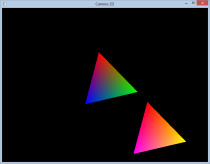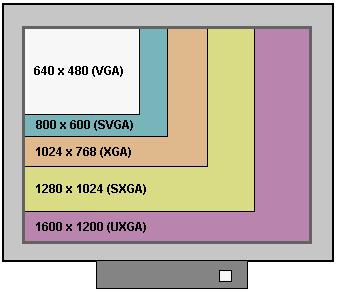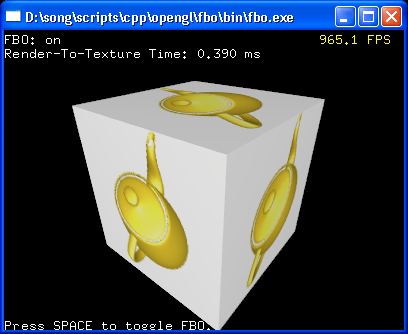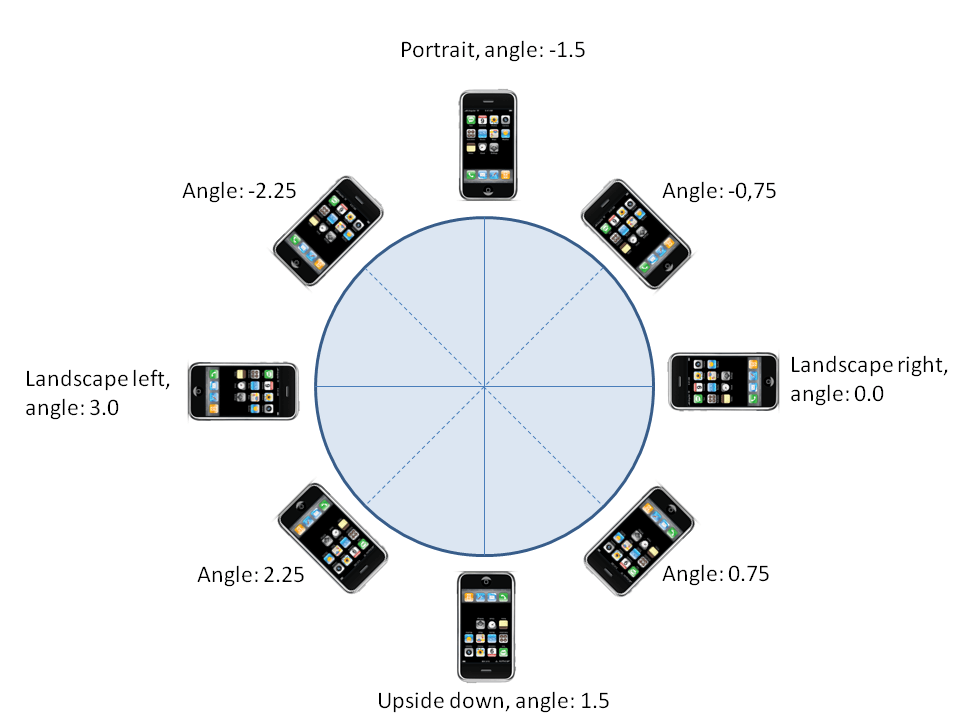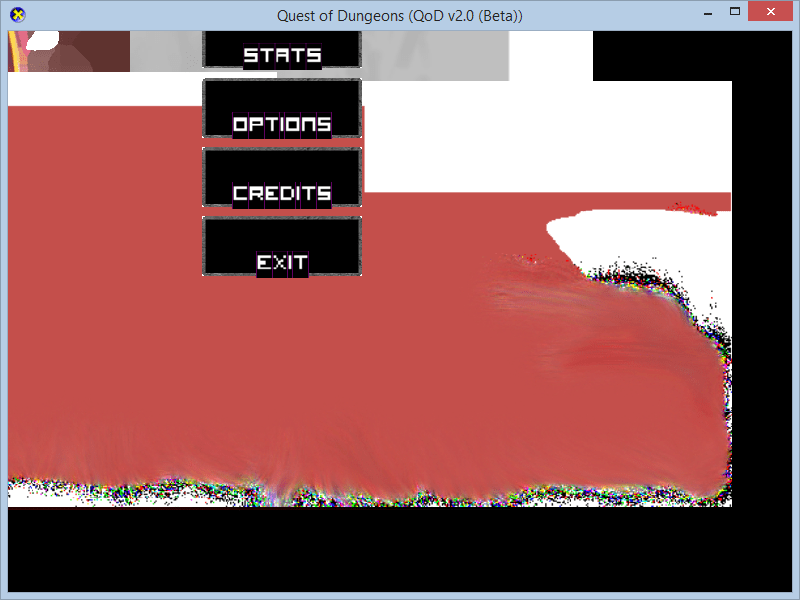
QoD XO devlog 2
I’ve been tweaking a lot of the gameplay to be suitable to use with a game controller and I’m starting to like the way it’s headed, it’s much more streamlined, faster and easy to use than the first attempt I made, some beta testing with a group of people helped with that. Last week I started porting the engine to DirectX, yeah it’s that fun moment where nothing works, crashes everywhere. But I’m slowly making some progress, got some of the rendering code working, as you can see on the images below, still no blend functions, no camera transforms but I’m getting there. Still no input, sound of even proper font load/render, and I couple more things I can’t remember, but I’m happy with the progress I managed to accomplish in a couple of days. ...

